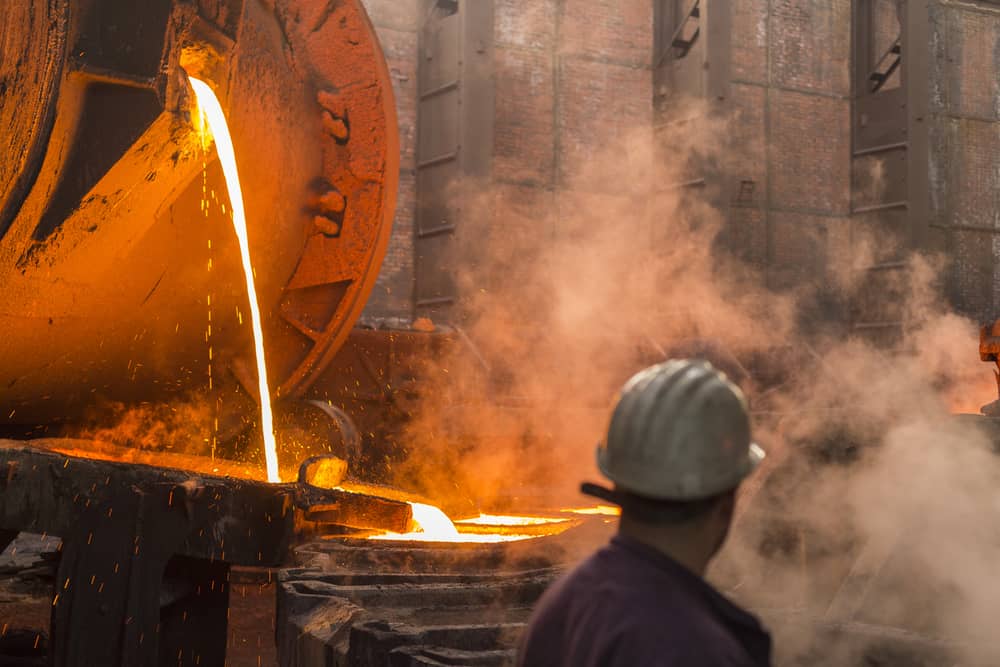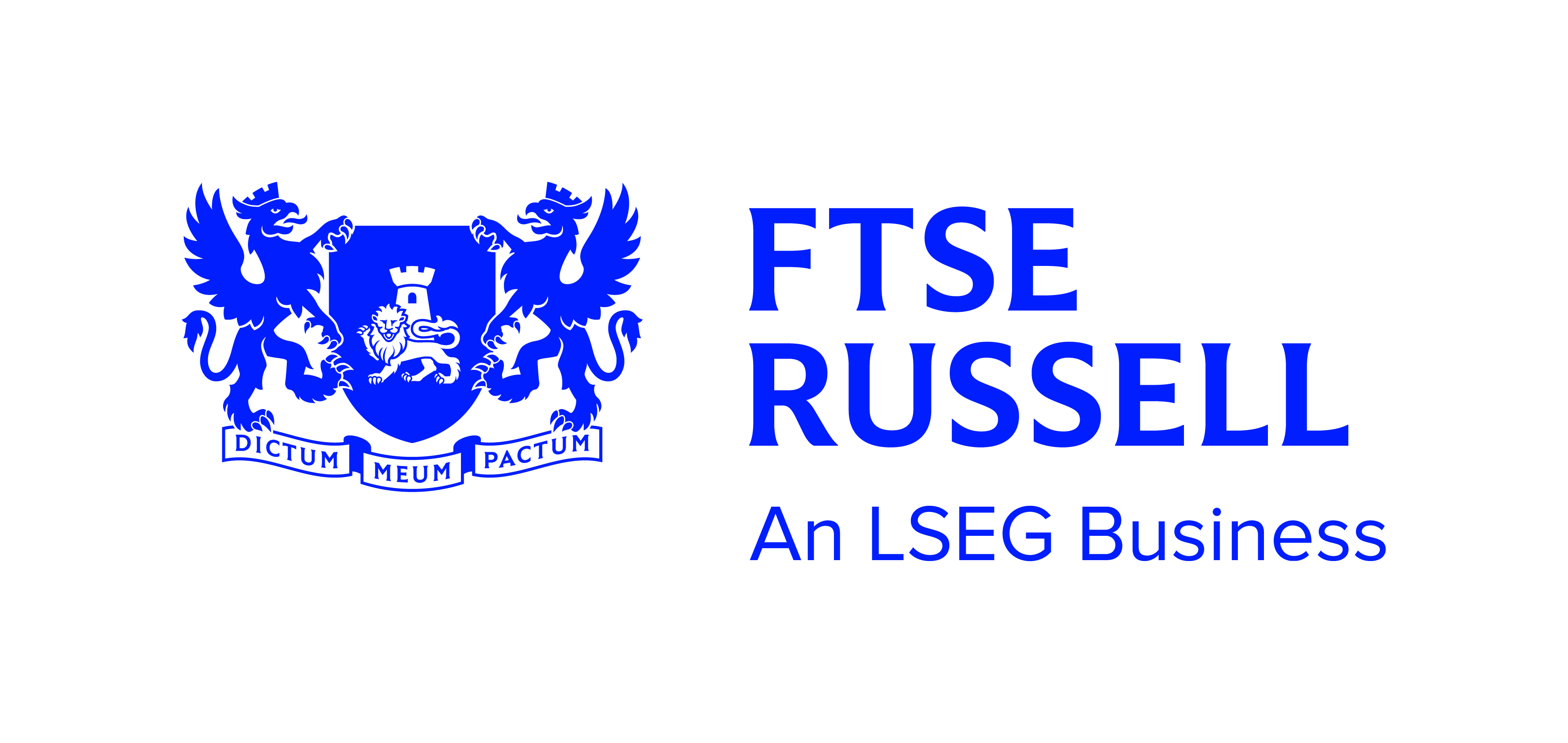BHP is on course for deletion from the FTSE 100, MSCI Europe, and Stoxx 600 and Euro Stoxx 50 indices after the company announced plans to unify its primary listing to Sydney.
The world’s largest mining company has often ranked as the top weighting in the FTSE 100 since its move to a dual corporate structure and a primary listing in London in 2001.
Now, subject to approval by the company’s board and shareholders, BHP will choose Australia as the location for its primary listing while retaining secondary listings in London, New York and Johannesburg.
If enacted, the change will be effective from H1 2022 with every BHP LN share being exchanged for one BHP AU share.
While expected to be a smooth transition for BHP shareholders, the company’s absence will be felt in ETFs tracking indices in which BHP is currently among the larger constituents.
Having seen its share price surge 110.1% since the COVID-19 crash last March, the company received a boost from the recovery in industrial activity – with many expecting its copper and nickel businesses to benefit from the much-discussed green metals super cycle.
This certainly seems to be the primary focus for the company going forward, with the Australian large-cap having already agreed to sell its fossil fuel segment to Woodside Petroleum and announcing it has put its last thermal coal mine up for sale.
Speaking on the impact of BHP’s departure, Jamie Maddock, equity analyst at Quilter Cheviot, said: “Assuming it is voted through by shareholders, BHP would likely exit the FTSE UK index and as a result UK index trackers would be forced to sell their shares and the dividend income it generates for UK-only mandates/investors as a result of forced divestures (passive and active) would be lost.
“From a UK investor perspective, it would reduce the investable mining universe to Anglo, Glencore and Rio Tinto.”
At present, BHP makes up more than 2.5% of the FTSE 100, 2% of the FTSE All-Share index, 1.3% of the Euro Stoxx 50 and more than 0.6% of the MSCI Europe, according to a note from Société Générale.
However, making Sydney its primary base will have a much more pronounced impact on Pacific exposures, with the S&P ASX 200, MSCI Pacific ex-Japan and FTSE Asia Pacific indices expected to increase their allocation to the stock from 7.2%, 5.6% and 1.4%, to 11.7%, 9.2% and 2.4%, respectively.
BHP is only the latest company to wind up its dual structure, with RELX and Unilever choosing the UK as their primary base in recent years while Royal Dutch Shell, Investec and Carnival all remain non-unified and listed on popular UK indices.
Laith Khalaf, financial analyst at AJ Bell, offered some reassurance, stating corporate structure changes such as BHP’s do not present a material risk to index investors as changes in one company will not act as a deterrent to overall returns.
“There will be some trading to be done by index tracker funds to reflect the change so there will be a modicum of costs associated with BHP’s move. Though these will be pretty negligible in the grand scheme of things,” Khalaf added.
“Indices change all the time. It is just usually at the bottom end of the market cap rather than the top. The removal of BHP will make room for another constituent in the FTSE 100 which will be decided by the pecking order of companies in terms of size on the relevant reshuffle date.”






